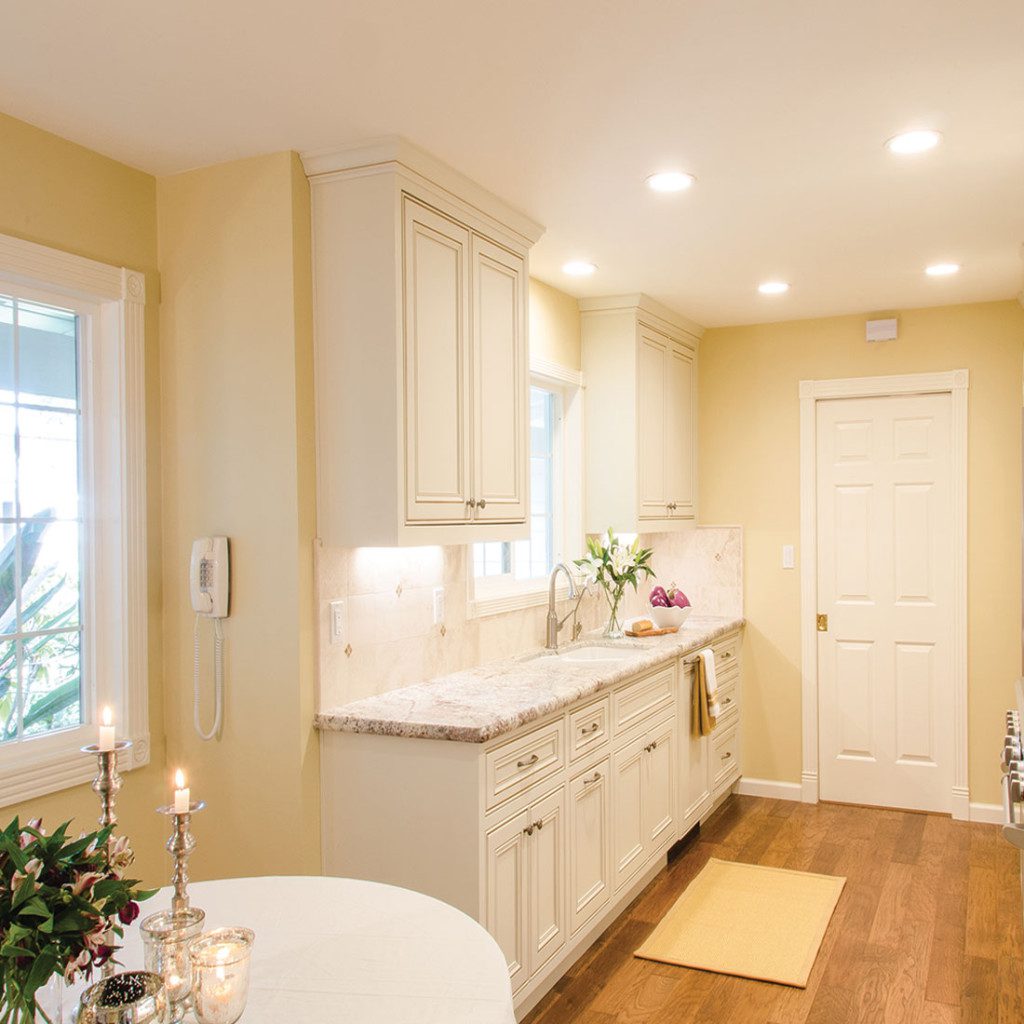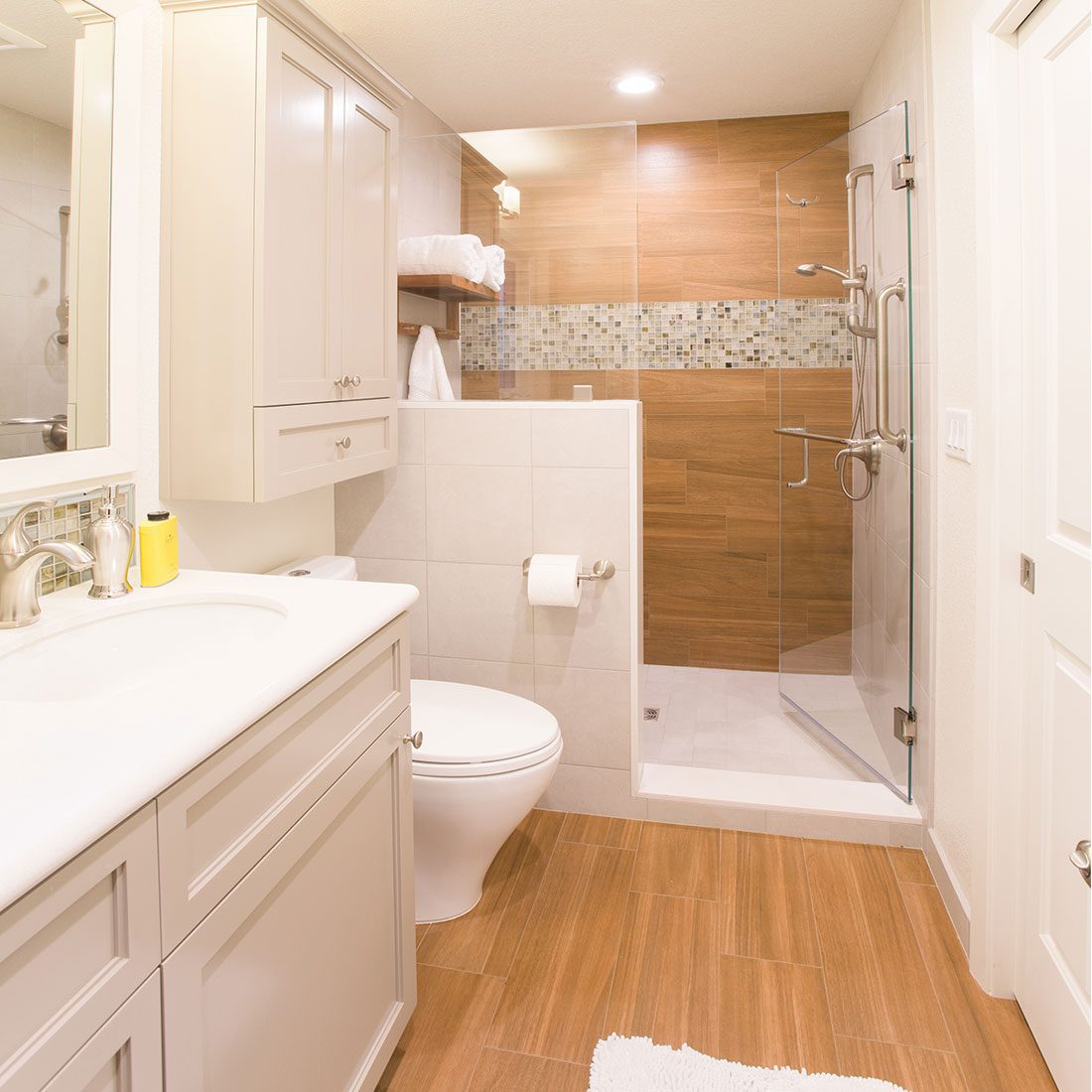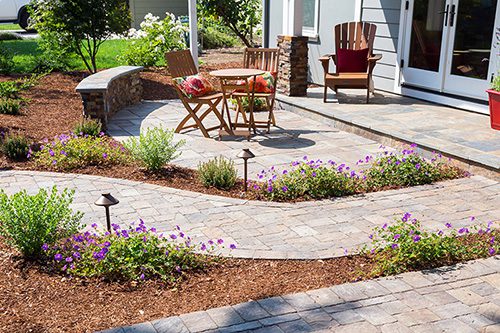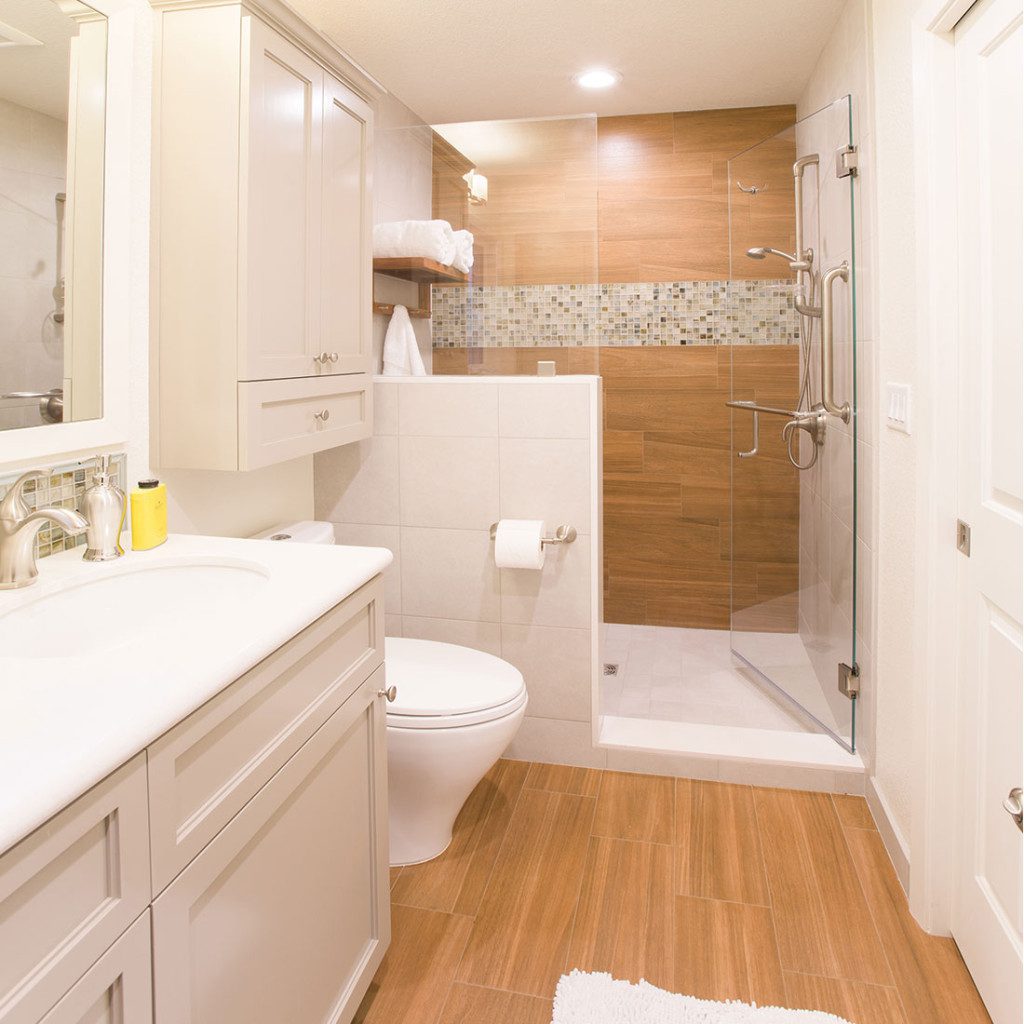Home improvement television shows make remodeling and DIY renovations look easy. A little measuring, some quick sawing and nailing, and just like that the family has a new kitchen by the next commercial break. But nothing in real life works the way it does on television—and remodeling is no exception. As with everything in life, home remodeling takes practice. The more often you install a window, the better you get at it. However, you probably won’t do a great job the first time you do it.
Most of us don’t have the time to practice every construction skill you might need, so you should pick a few areas that interest you—and leave the rest to the pros. As you’re building your renovation skills, be sure to start small before tackling more complicated projects. Change an electrical outlet or install a new light fixture before you try to rewire an entire room. Try building a raised garden bed before you embark on building a deck. By starting small, you will develop your skills, learn which tools you need, and discover the limits of your time, energy and patience.
Here is a breakdown of which projects might be good for a do-it-yourselfer and which require professional expertise:
Design: If you’re installing wallpaper or a new light fixture you probably don’t need the help of a professional designer. But for more involved remodeling projects a designer’s help can be invaluable. A professional designer will guide you in creating a cohesive design for the project that addresses all your needs—and avoid the pitfalls of living with (or having to redo) bad design choices. Good design is all about the details, and a designer knows the critical technical details needed that make a difference in the final outcome.
 Next Stage Design – Chef’s Kitchen
Next Stage Design – Chef’s Kitchen

Demolition: You can probably save some money by pulling up old carpet, stripping off wallpaper, or removing old bathroom tiles. Other projects are trickier. Demolishing a wall sounds like an easy DIY project. After all, how badly can you mess up something you’re trying to destroy? The answer is: a lot. Get a professional firm to evaluate whether your wall is load- bearing; removing a load-bearing wall could cause the ceiling to cave in. Before you start demolition you also need to know if the wall has electrical wires, plumbing, or gas lines running through it, and have a plan for dealing with those potential issues.
Painting: Homeowners often make good do-it-yourselfers with projects that are primarily cosmetic and don’t require a lot of knowledge about how things work below the surface. That’s why painting is the ultimate DIY project. It is fairly easy to learn, simple to see when you get it wrong, and can be done in a weekend. Be careful when you delve into projects under the wall surface. Electrical wiring, for example, can be dangerous if you don’t have sufficient knowledge and mistakes aren’t always immediately apparent. If you get something wrong, not only could you be in for a nasty shock, but you can damage your system or run the risk of fire.
Landscaping: Installing plants and laying mulch are tasks that many homeowners can do quite handily, and, of course, many DIYers love to plant and weed their own gardens. But you should approach hardscape projects with more caution. Installing a walkway or paving a driveway can require more expertise than you have time to develop and specialized equipment that can be expensive to buy. While building a deck may seem like little more than a carpentry project, it is often quite a bit more difficult. In many jurisdictions decks require a permit—and the know how that comes with obtaining a permit.
Next Stage Design – Exterior Home Makeover
Plumbing: Homeowners can often make minor repairs to their plumbing, maintain toilets, or install shower heads, but larger projects have the potential for disaster if performed incorrectly. Make a mistake when installing a new shower pan or bathtub and you can damage pipes, cause leaks, or ruin walls and floors. Ultimately the price of fixing the mess will greatly exceed what it would have cost to hire a plumber initially. If you’re doing a bathroom remodel, however, you can save some money by doing the painting and smaller fixes yourself—while leaving the plumbing and tile to the pros.
Next Stage Design – Trendy Bathroom Remodel
Major Structural Changes: If you’re handy with tools, you might be able to do some interior or exterior renovation projects, but major structural work is a whole different ball game. In general, if a project requires a permit from your local authority, it’s because the job is complex and/or potentially dangerous. The need for a permit is a sign that the work should be should be performed and inspected by professionals. A pro knows how to navigate the permitting process in different jurisdictions and will be up-do-date on the latest codes. This saves you time, money, and hassle.
Roofs: If your roof is damaged you might be tempted to go up there and patch it up, but that can be a bad idea for many reasons. It can be hard to match shingle colors, and most homeowners don’t have the right tools to install shingles properly. And a band-aid solution to roof problems can create additional damage that could necessitate even more expensive repairs.




